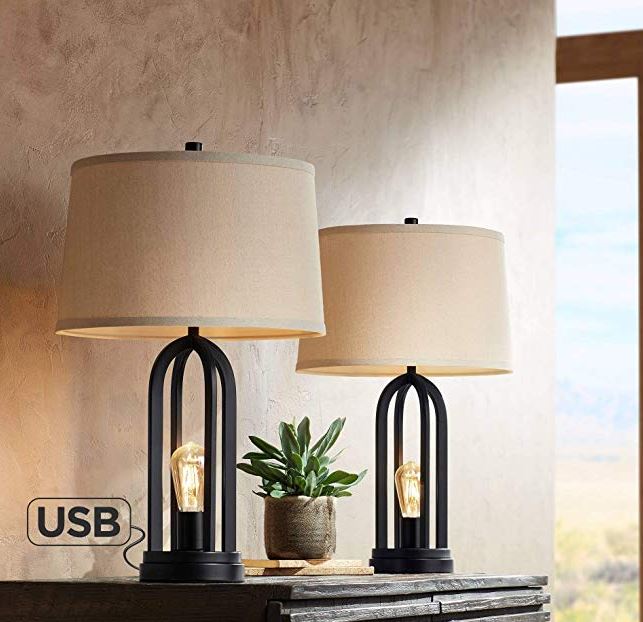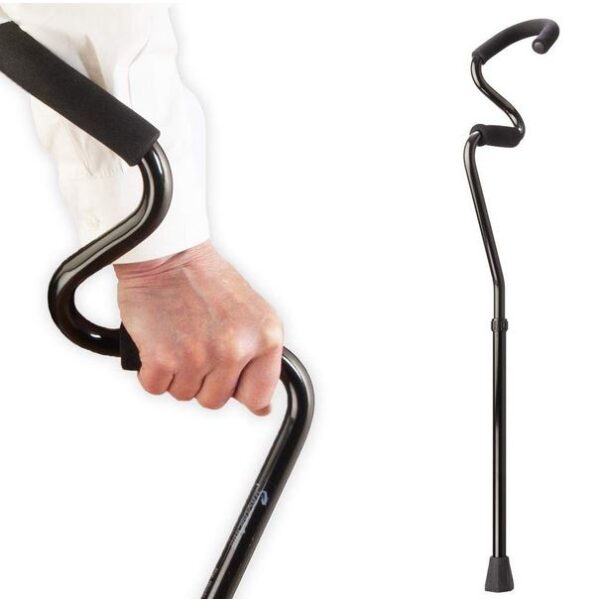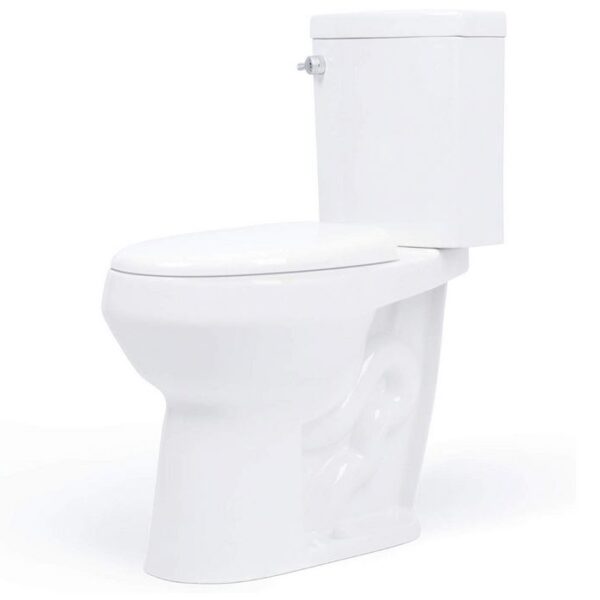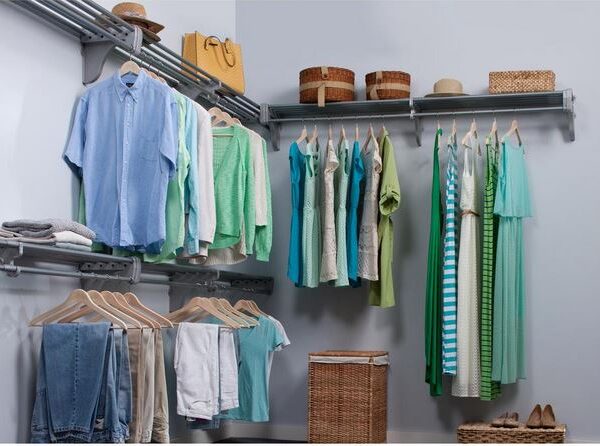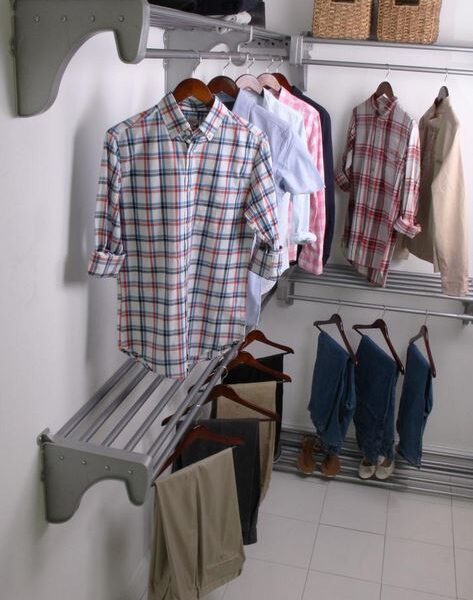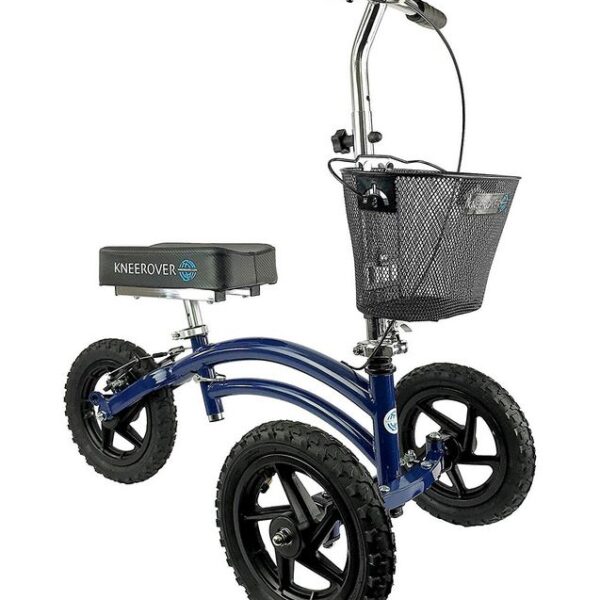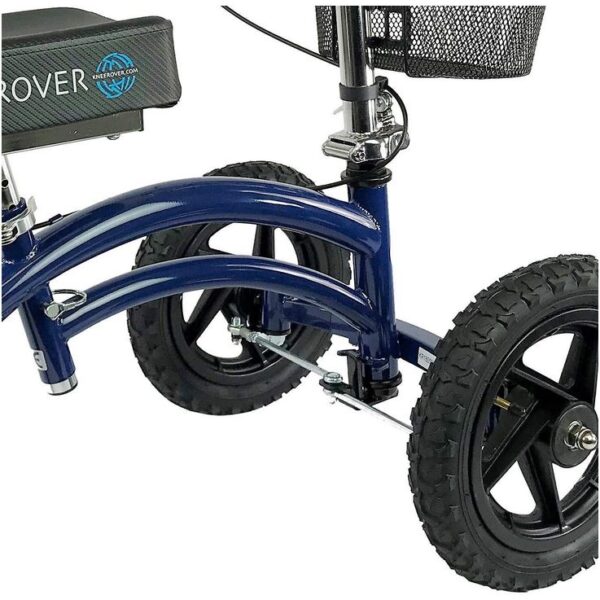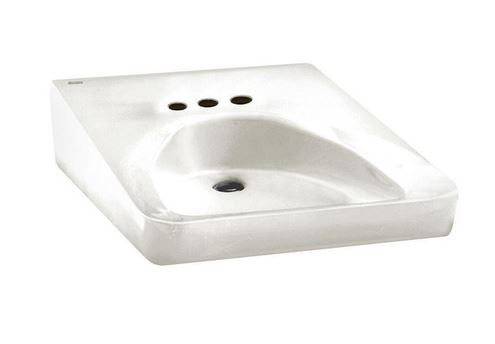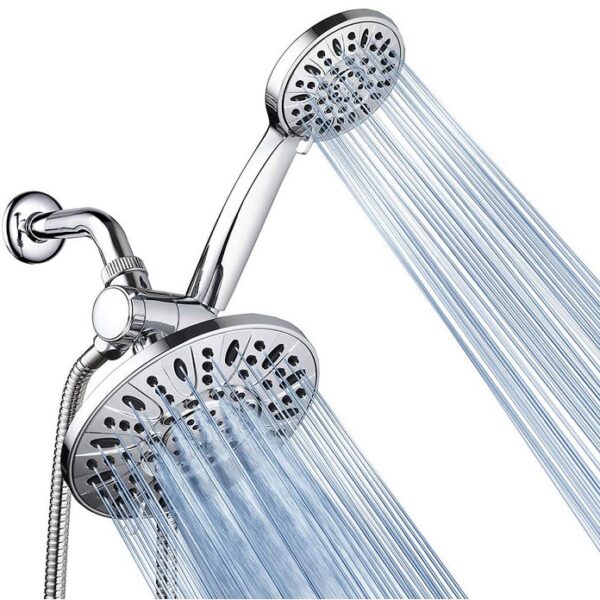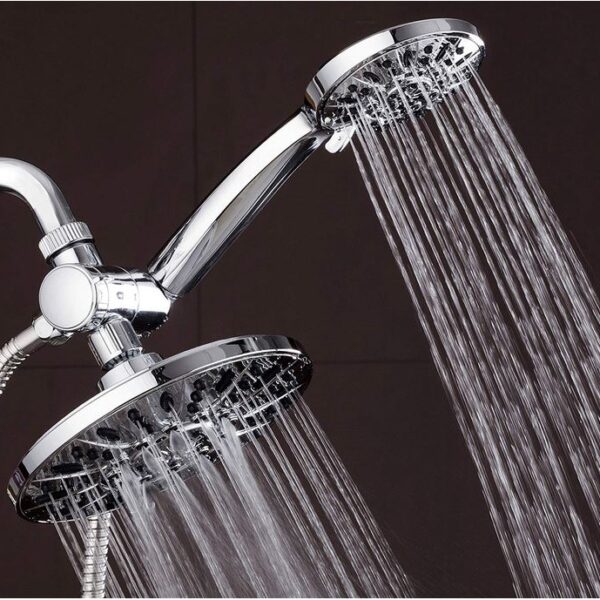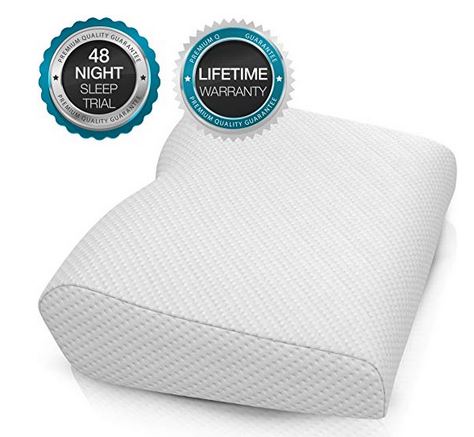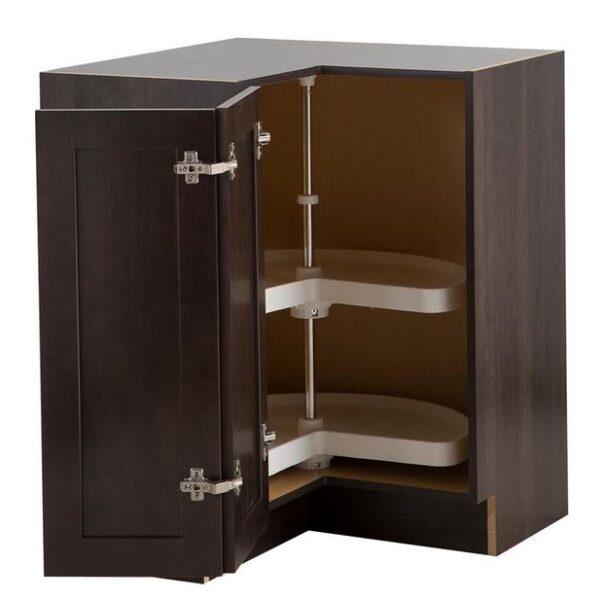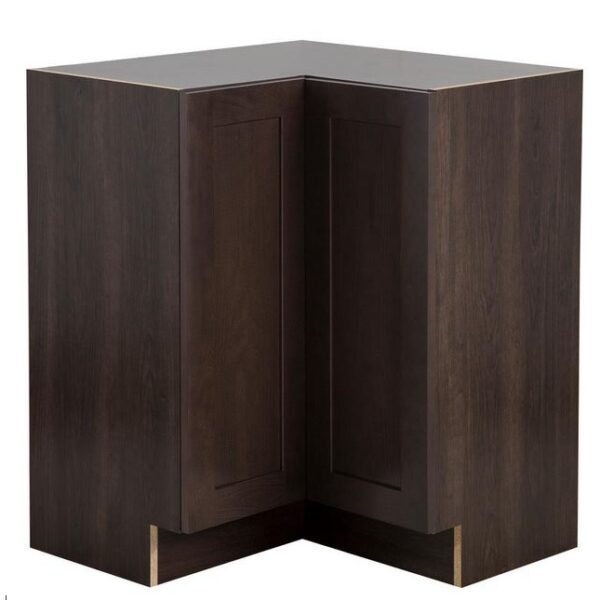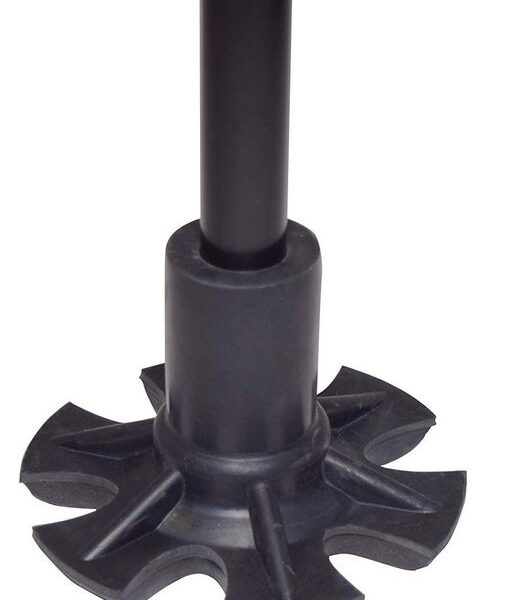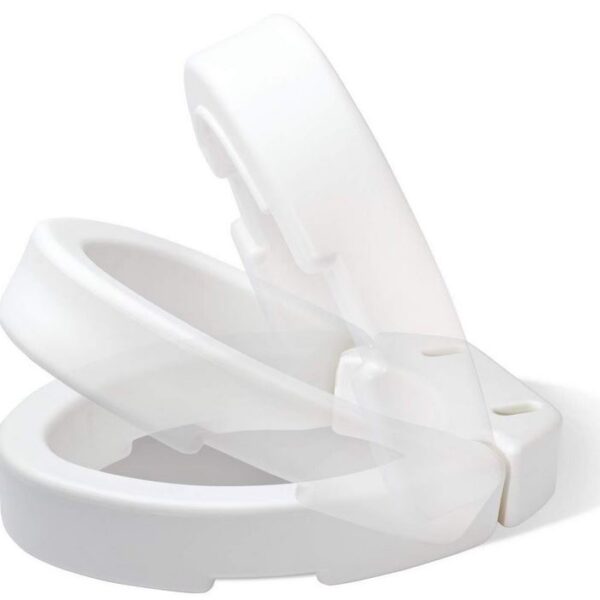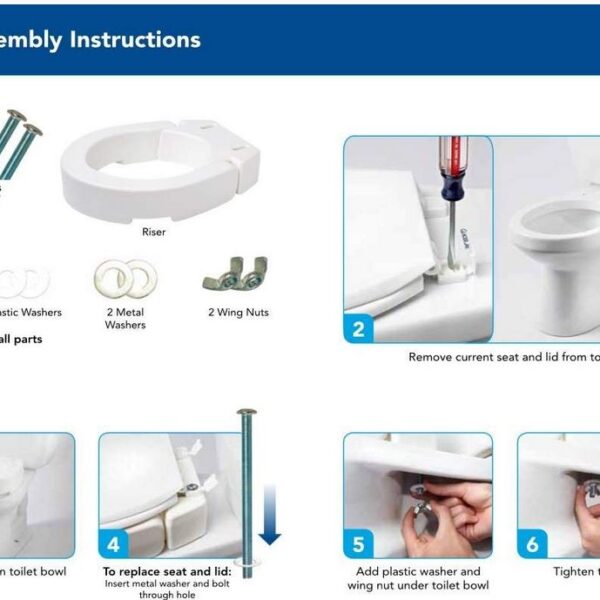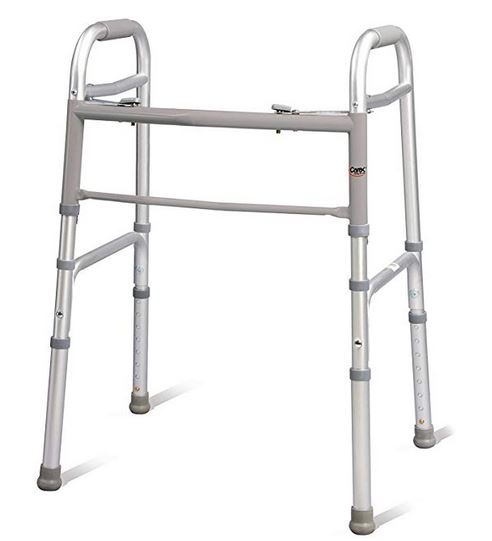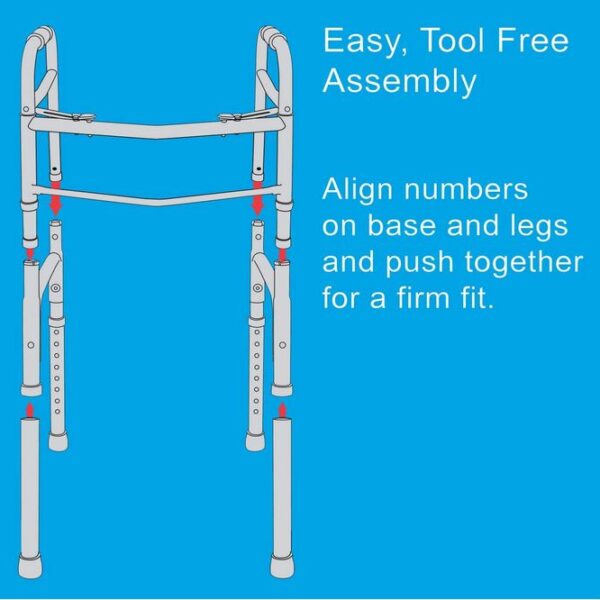Aging in place means living in a residence of your choice for as long as you are able to do so as you grow older. This may entail hiring home care or home healthcare providers or other support workers to come to your home to assist you as your needs change.
You can age in place in your current home or move to a new home to do so. The key to successfully aging in place is anticipating and preparing for your changing needs now.
Whether in your current home or a new one, evaluate these three essential elements about the home when preparing to age in place:
- Location
- Functionality
- Accessibility
Location
Location is important, as with most matters involving real estate. Your location choice should consider factors such as the climate and type of amenities you like, proximity to people you want in your life, presence of activities you enjoy, community demographics (e.g., age, ethnicity, race, and religion), availability of services to address your special needs and wants, ability to easily travel to and from the location, safety, and living costs. Your current home may be in the perfect spot for you; if not, consider these factors and others when choosing a new location for the home in which you will age in place.
Functionality
Functionality refers to:
- Size,
- Layout,
- The number of rooms in the home, and
- How the spaces within the home will be used.
You may decide to alter the floor plan and room usage in your home to accommodate anticipated future needs. For instance, your master bedroom may be adequate for you and your spouse now, but may be too small when your needs change. You may need to add equipment to the room. The room could become your primary living space as you lose mobility. You may need to meet with visitors in the room over time, and retaining areas of privacy would then become a concern. Consider too, that you may need an adjoining room for overnight use by an in-house caregiver.
Functionality includes having storage space to meet your changing needs. For instance, if you will no longer be able to shop for groceries as frequently, you will need to have enough pantry space to stock up for more extended periods.
Accessibility
Accessibility means that:
- You are not restricted to only one part of the home, and
- You can reach and use tubs and showers, counter tops, appliances, fixtures, faucets, light switches and other gadgets.
Make sure you can get around with a walker or a wheelchair, and if the home has more than one story, that you plan for either a chairlift or an elevator. Do not wait until you need accessibility features to install them.
Accessibility involves costs that you may want to bear now while you are working rather than later when you may be on a fixed income. A curbless shower is more expensive than a traditional walk-in shower, but you will want at least one shower to have this feature. You may not want to install grab bars now, but you can have wood blocking put in wall areas by the shower and bath where the grab bars will be placed in the future.
Accessibility also means your ability to get to shopping, groceries, doctors, pharmacies, hair salons or barbers, banks and other services. Do you have adequate public transportation nearby for when you cannot drive or distances are too far to walk?
Representative Products to Facilitate Aging in Place
Below is a sampling of products and equipment that are designed to help you age in place for a longer period of time. Use the menus on the side or top of the page to narrow the categories of your search.
Click on the links to find out more information, see other products selections, and if you like, to make a purchase from one of our providers.


 Personal Development Goals
Personal Development Goals
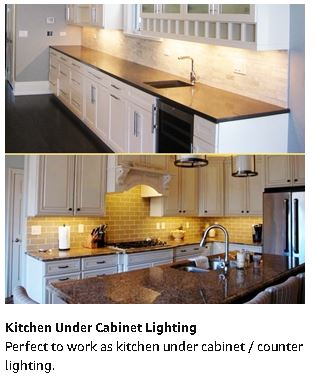
 Bedrooms Designed for Aging in Place
Bedrooms Designed for Aging in Place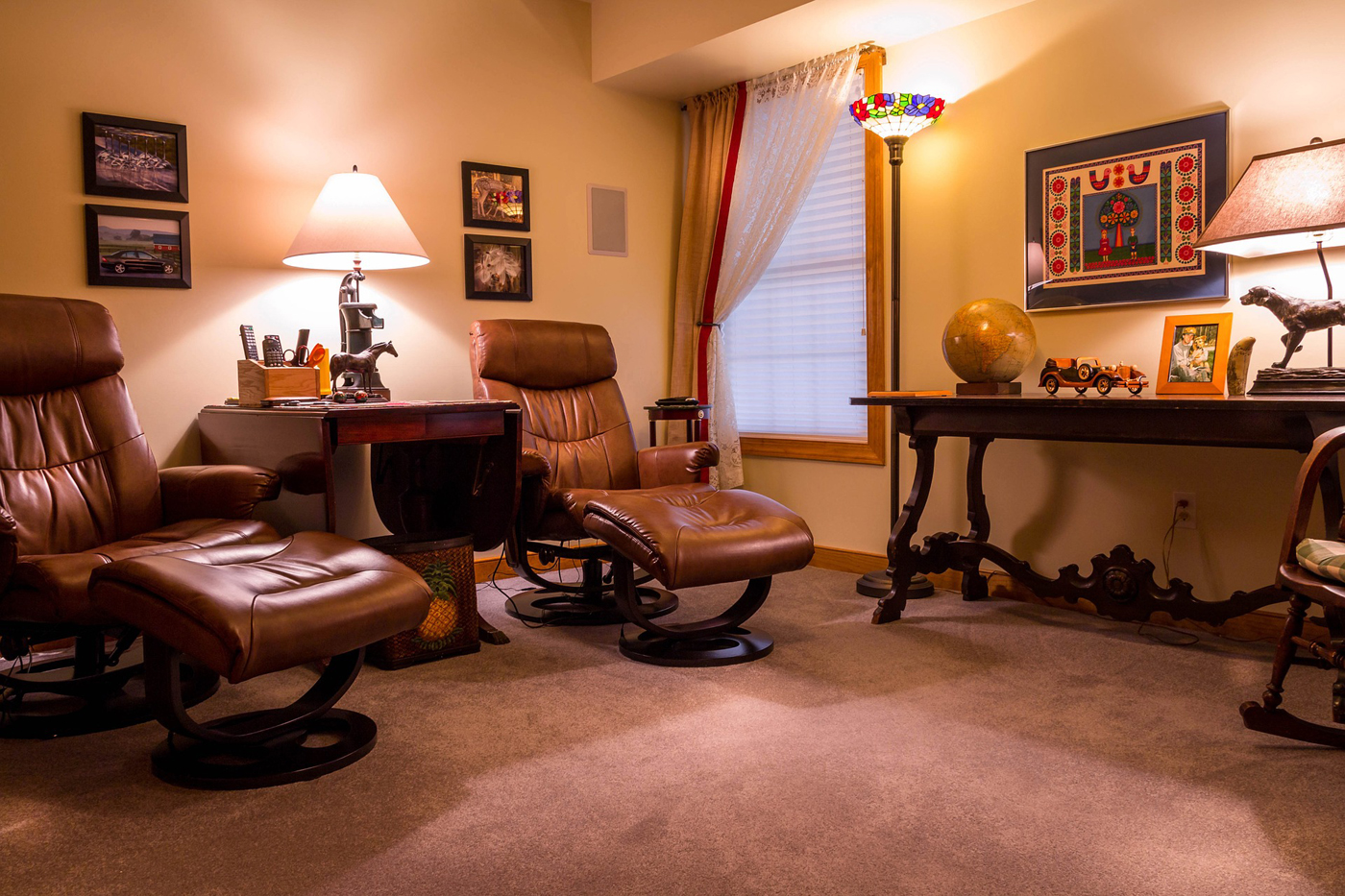 Furniture
Furniture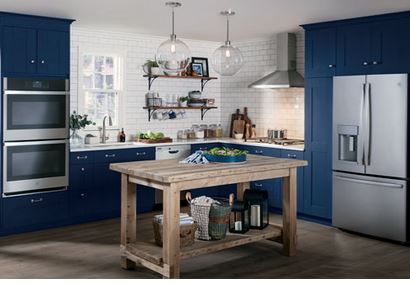 Kitchens Designed for Aging in Place
Kitchens Designed for Aging in Place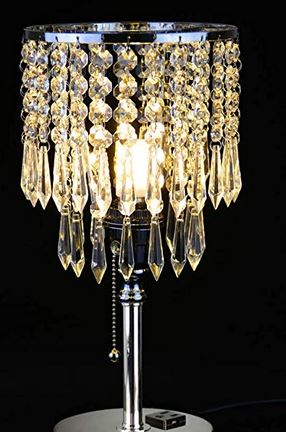 Lighting and Light Switches
Lighting and Light Switches
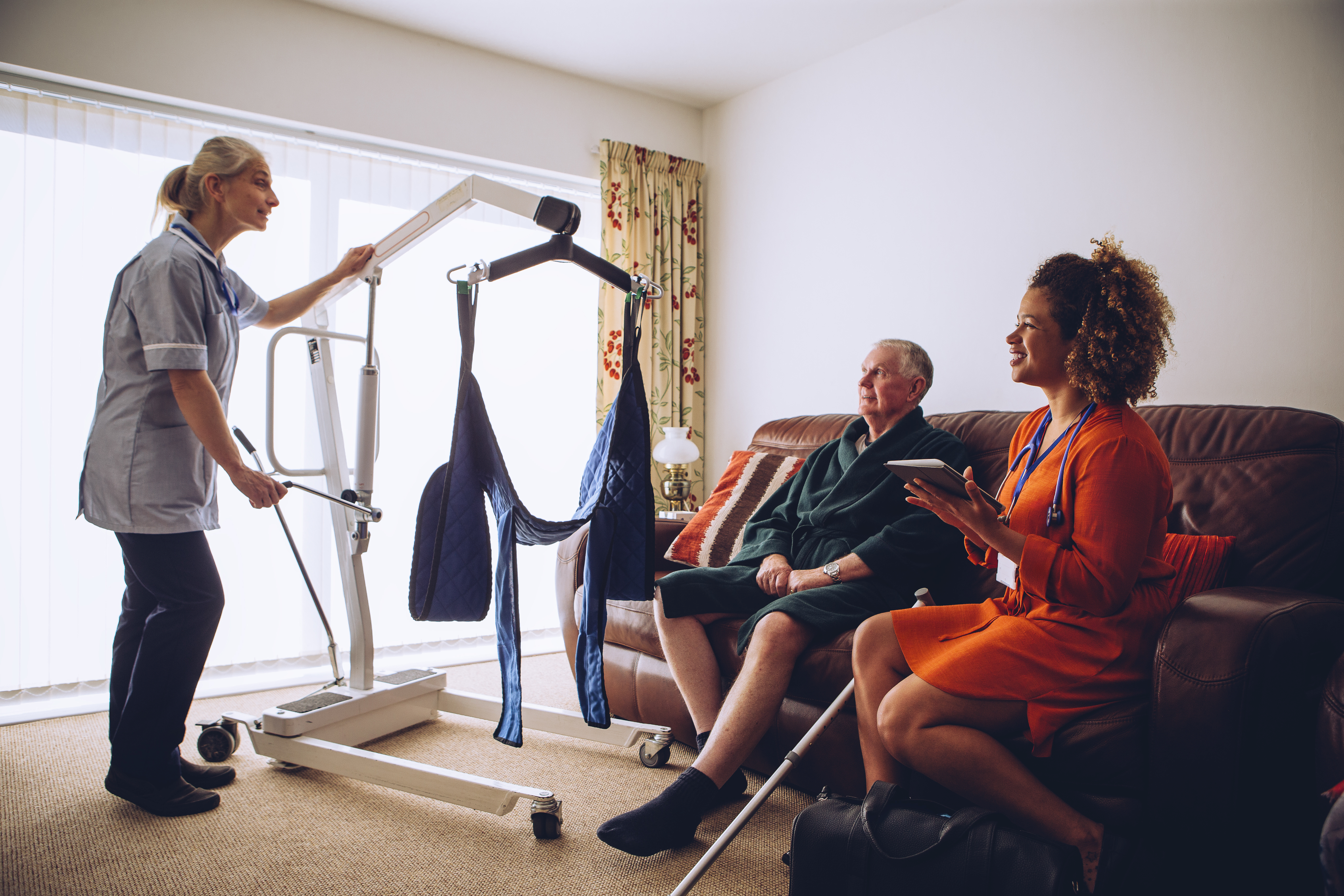 Assisting With Functional Mobility
Assisting With Functional Mobility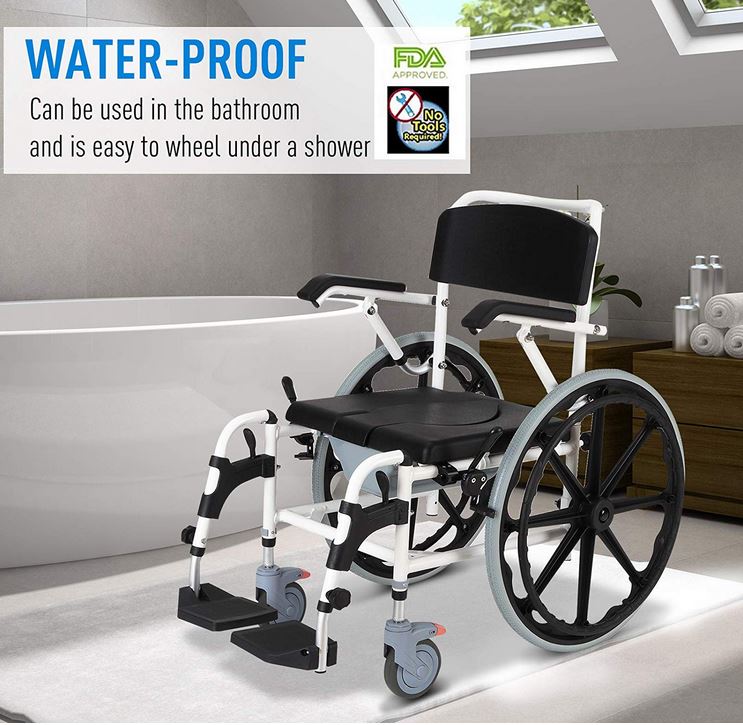 Bath and Shower Mobility Aids
Bath and Shower Mobility Aids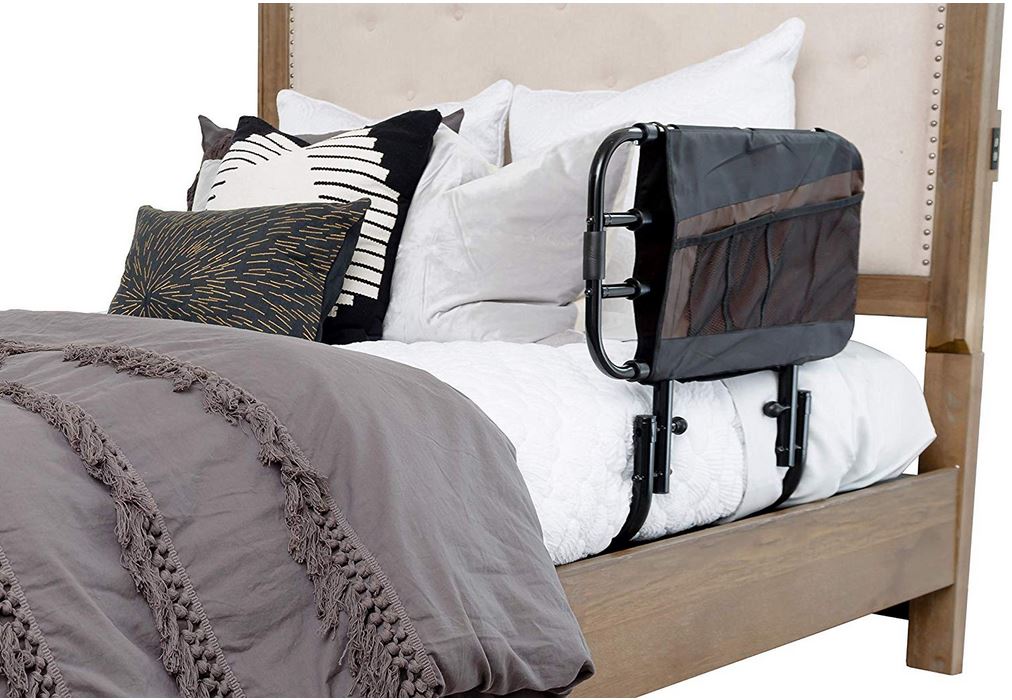 Bedroom Mobility Aids
Bedroom Mobility Aids Assisting with Personal Grooming and Hygiene
Assisting with Personal Grooming and Hygiene Caring for Someone With Incontinence
Caring for Someone With Incontinence Helping People To Cope with Alzheimer’s and Dementia
Helping People To Cope with Alzheimer’s and Dementia Helping With Bill Paying
Helping With Bill Paying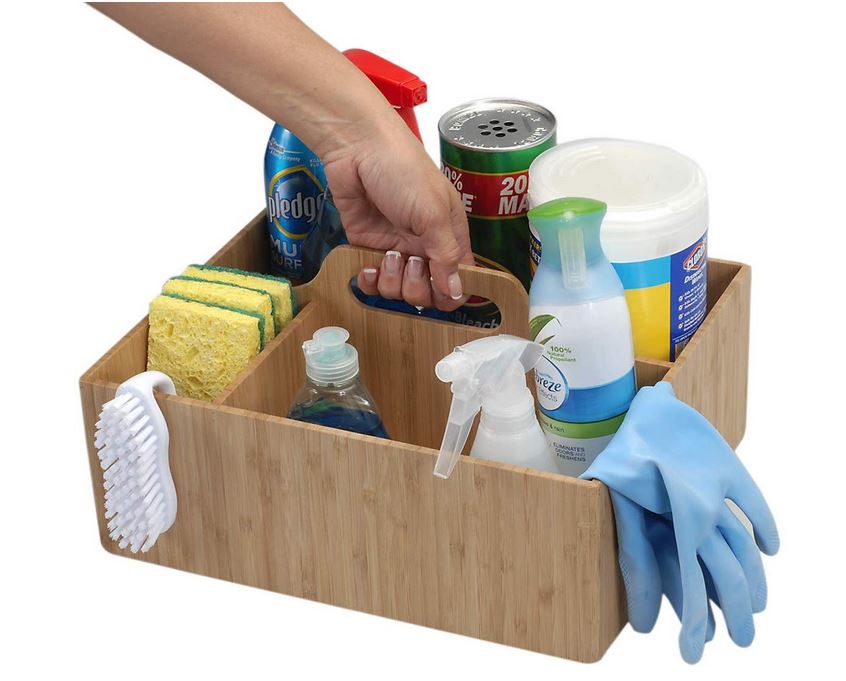 Home Cleaning Services
Home Cleaning Services Offering Companionship
Offering Companionship Providing Medication Reminders
Providing Medication Reminders Providing Transportation
Providing Transportation Running Errands
Running Errands
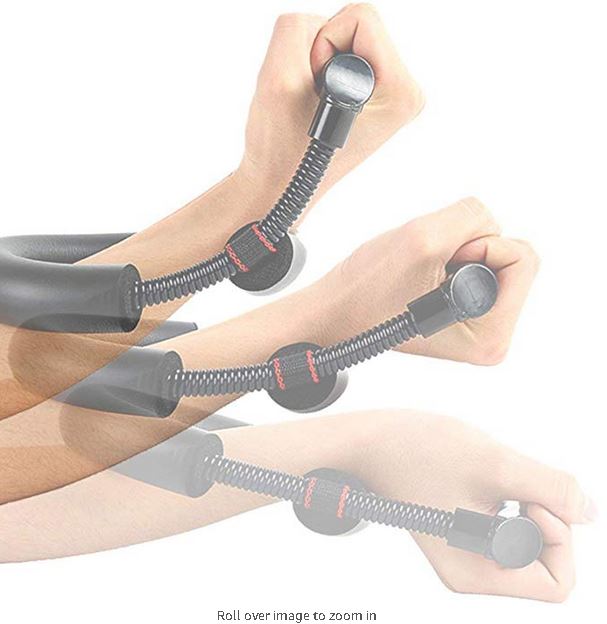
 Burn Care
Burn Care Mental Health Rehabilitaion
Mental Health Rehabilitaion
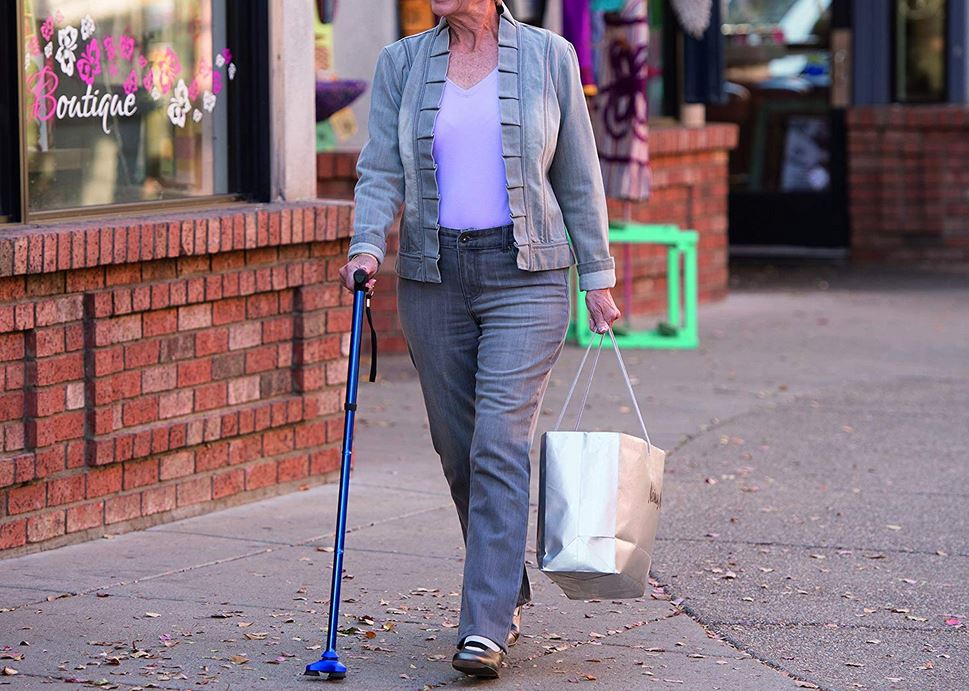 Canes
Canes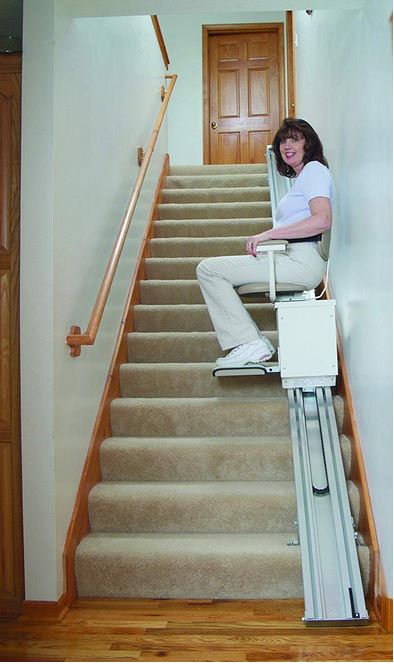 Chair Lifts / Stair Lifts
Chair Lifts / Stair Lifts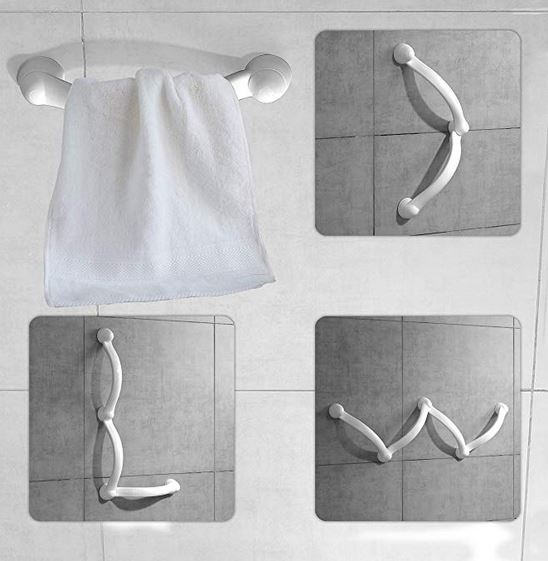 Grab Bars
Grab Bars Knee Scooters / Knee Walkers
Knee Scooters / Knee Walkers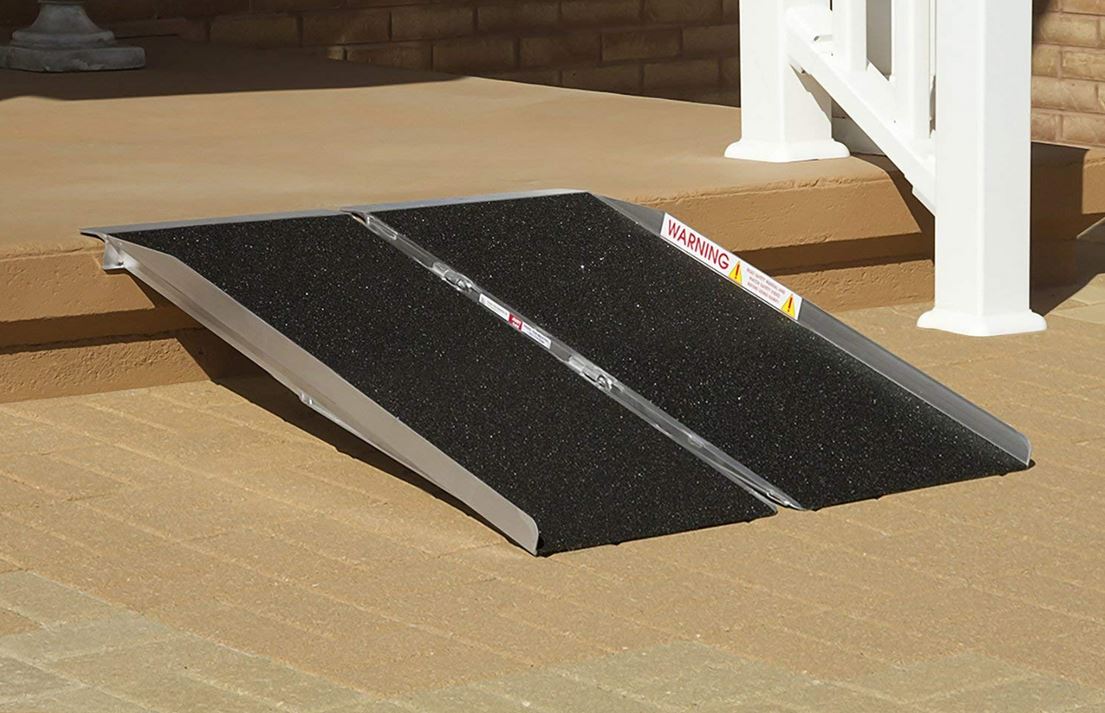 Ramps
Ramps Scooters
Scooters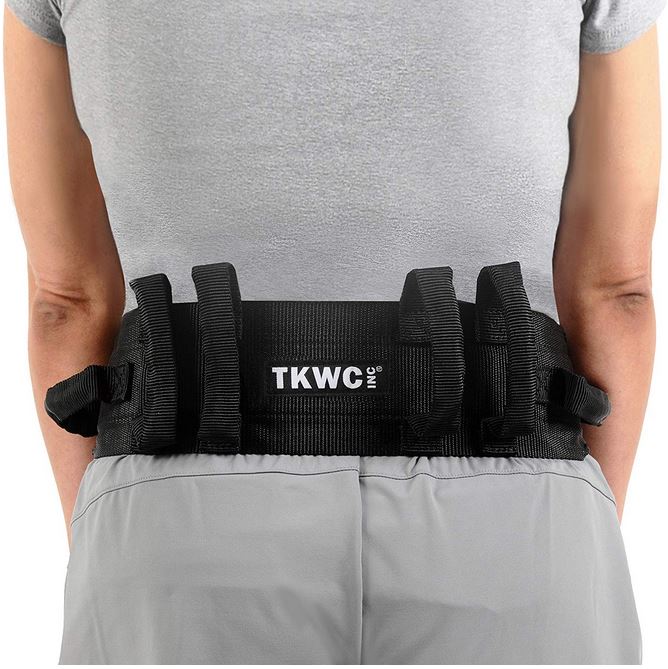 Transfer belts / pads / equipment
Transfer belts / pads / equipment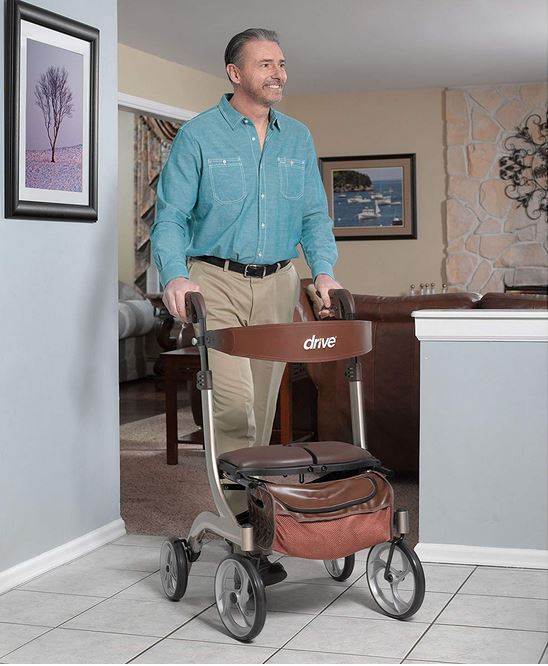 Walkers and Rollaters
Walkers and Rollaters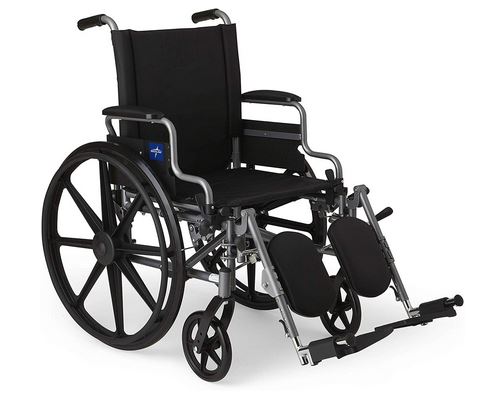 Wheelchairs and Mobile Chairs
Wheelchairs and Mobile Chairs
 Accounting and Tax
Accounting and Tax Books-Seminars-Courses
Books-Seminars-Courses
 ASSISTED LIVING
ASSISTED LIVING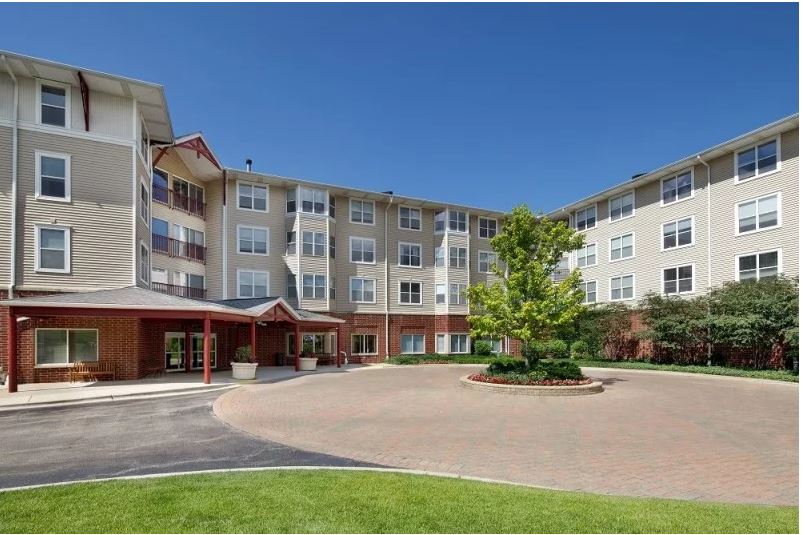 Assisted Living Facilities
Assisted Living Facilities Cohousing Communities
Cohousing Communities Manufactured Housing Communities
Manufactured Housing Communities Naturally Occurring Retirement Communities (NORCs)
Naturally Occurring Retirement Communities (NORCs) Personal Residence LIving Independetly
Personal Residence LIving Independetly Accessory Dwelling Units
Accessory Dwelling Units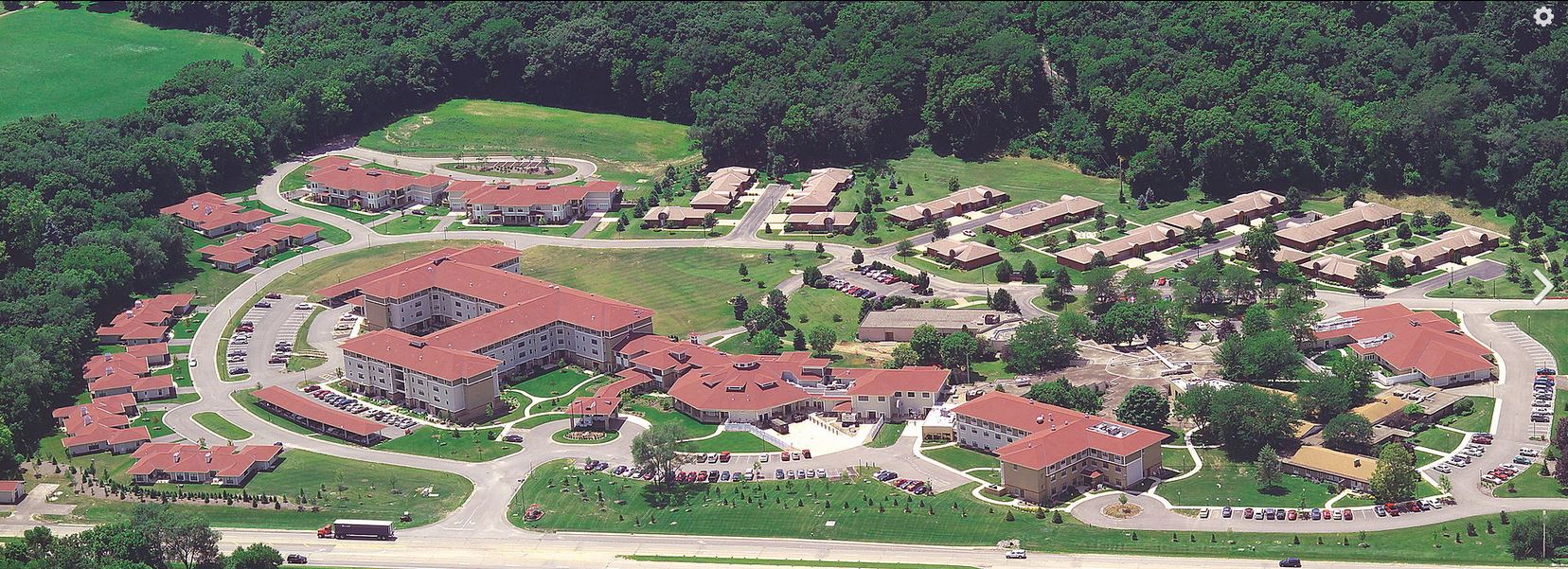 Continuing Care Retirement Communities
Continuing Care Retirement Communities Multigenerational Households
Multigenerational Households